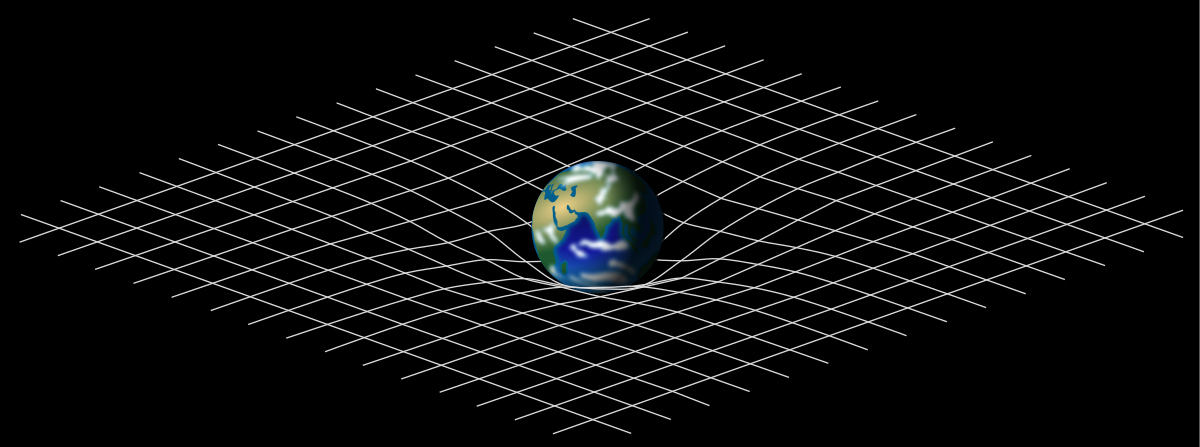"in [general relativity], it is equally true to say that the Sun moves around the Earth as vice-versa.
- Sean Carroll, physicistScientific models are "testable idea(s)… created by the human mind that tell a story about what happens in nature." Ideally - but perhaps not always - these models or theories make predictions that can be tested in the real world. The models are mathematical. Heliocentrism and general relativity are both mathematical models that have multiple lines of evidence to support them.
But general relativity (GR) forces us to abandon the notion of a stationary inertial frame of reference with the Sun at its center (heliocentrism) as being "true" in any complete sense. GR teaches us that geocentrism and heliocentrism are both valid - but not absolute - reference frames for describing the motion of the Earth, Sun, Moon, planets, and stars. And while both these models are unreasonably effective at describing our natural world, they are based on a provably partial and incomplete (mathematical) way of understanding.
The story of heliocentrism not only forces us to abandon the conceit that we are at the center of the universe, but it also reinforces the idea that our knowledge is tentative and subject to change based on new evidence. The goal in science is to falsify our ideas instead of prove them true: Try this approach the next time you consult Google.
 |
| GR by Mysid - Own work. |
No comments:
Post a Comment